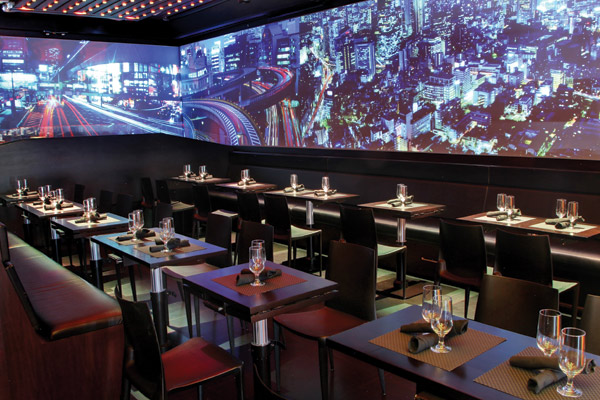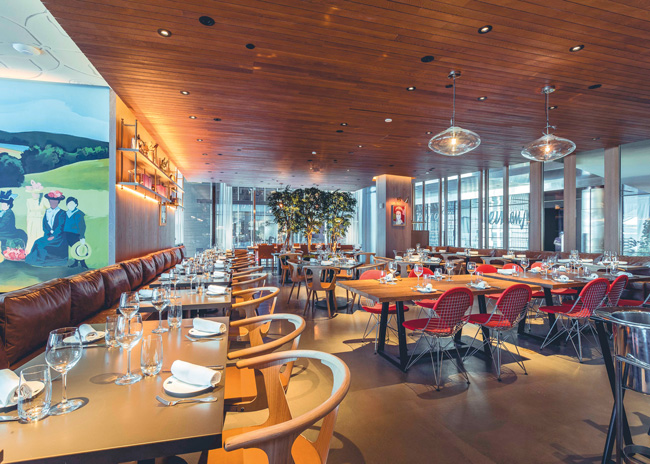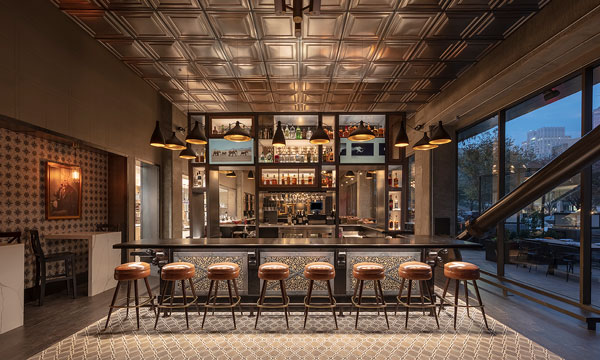We see it all too often in the restaurant industry: well-known, high-quality establishments go down because of health safety outbreaks. In a recent study done by Johns Hopkins Bloomberg School of Public Health, researchers found that a single foodborne illness outbreak in a fast-casual restaurant had a financial impact of $6,330 to $2.1 million. In my experience, these are often due to poor design planning on the front end and problems that build up over time. Typically, they’re not quite so out-of-the-blue. So how do you prevent that from happening in your restaurant? Here are three things to think about when planning and operating your establishment.
1. Labor model and layout. Cross-contamination is a huge potential for health issues. When setting up your kitchen, it’s important to intentionally plan your layout to match your labor model. From a layout standpoint, you need to think about workflow and who will be responsible for what tasks. For example, at peak times, if the grill master is the one handling the raw beef, they shouldn’t also be the person prepping the buns for the burgers. This is opening yourself up to cross-contamination issues. Think about your labor model both at peak and off-peak times, and subsequently plan your kitchen layout to best serve your staff. This will help with efficiencies and prevent health safety outbreaks.
2. Equipment and materials. It’s important to ensure you have the right equipment in the right place. For example, if you have a refrigeration unit under a heat source, make sure it’s a high-quality unit that can withstand the intense heat and hold temperature. This is not an area you want to skimp. Spending money on refrigeration that was designed to perform well in this setting will minimize the frequency of door, drawer or pan failures that could lead to bacterial growth. Additionally, there are numerous options for antimicrobial surfaces and assemblies that can be used in kitchens. These may be more expensive on the front end, but they can significantly help prevent mold. Finally, having a defined repair and maintenance cleaning regiment can help prevent several serious issues. Take the time to properly train staff on how to clean and care for the surfaces in your kitchen.
3. Sink types and locations for handwashing. While gloves are a common way to control health safety issues, it’s more important to look at the placement of kitchen hand sink options for your employees. Hand sinks should be easily accessible from anywhere in the kitchen and should be placed near make stations where raw proteins are cut and processed. There are typically four tiers when it comes to handwashing stations. The most basic hand sink includes a faucet with two handles, and it costs less than $100. In this case, employees need to be trained on proper operation, to avoid touching the handles with both dirty and then freshly cleaned hands. The next step up includes foot pedals to operate the sink. These typically range from $400-600. For that one-time cost, you now eliminate human error and employees don’t touch the faucet surfaces when their hands are contaminated. The third tier is a fully touchless sink system that includes water, soap and towels – all dispensed automatically. These now get into the $700-1,000 range. Finally, hand sinks are now available that utilize infrared operation to completely sanitize your employees’ hands. While these eliminate most of the chance for human error, they are the most expensive option, coming in around a few thousand dollars. However, with the typical financial loss at a minimum of $6,000 in the case of an outbreak, it might be worth taking that risk.




